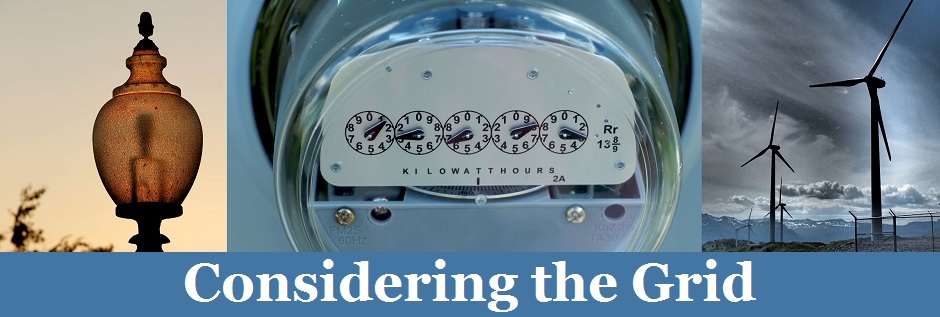Earlier today, President Obama released Budget of the U.S. Government, Fiscal Year 2017, the last budget of his presidential term. Energy and the environment are front and center of the President’s spending priorities. Specifically, the President proposes to provide:
- $7.7 billion across 12 agencies to invest in further clean energy research and development (R&D). This proposal, a 20% increase in funding from 2016, is a reflection of the United States’ commitment to Mission Innovation. The Mission Innovation initiative, launched at the end of November 2015, is a commitment by 20 participating nations (who represent more than 75% of the world’s carbon dioxide emissions from electricity) to double governmental investment in clean energy innovation over the next five years.
- $1.3 billion to accelerate the adoption of clean energy sources such as solar, wind, and low-carbon fossil fuels and energy efficiency technologies.
- $48 million for grid modernization technology deployment activities and $177 million to DOE for R&D related to grid modernization activities.
- $6.5 billion in lending to rural electric cooperatives and utilities to support the transition to clean energy and increased energy efficiency through the U.S. Department of Agriculture’s (USDA) Rural Utilities Service.
- $20 million to support workers dislocated from the coal economy which, along with funding provided through the National Reserve, is intended to allow states and local areas to provide reemployment, training, and supportive services to transitioning coal economy workers.
- $120 million for the Appalachian Regional Commission, $50 million of which will be directed to Appalachian communities most affected by coal economy transition.
- $2 billion in refundable investment tax credits to new and retrofitted electric generating units (EGUs) that deploy carbon capture technology.
- $210 million to USDA for a range of clean energy programs that support the deployment of renewable energy systems, biomass feedstock production, and energy efficiency improvements.
- $235 million to EPA for efforts to cut carbon pollution and other greenhouse gases through common sense standards, guidelines, and voluntary programs, and $25 million for EPA to award in state grants as the states continue to develop their Clean Power Plan strategies and prepare for implementation.
- $1.3 billion to advance the Global Climate Change Initiative (GCCI) goals.
Issue-specific fact sheets may be found here, and detailed budget estimates by agency may be found here.
The budget ball is now in Congress’s court. Though some of the President’s initiatives may survive congressional scrutiny, the budget, if any, that Congress ultimately adopts will likely be significantly different from the President’s.

